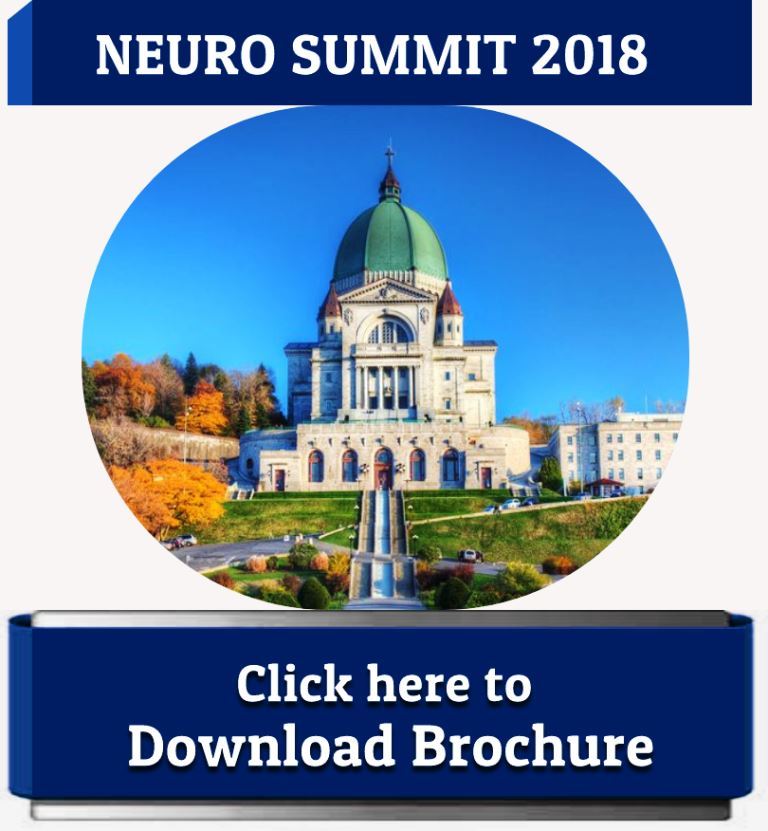
Stefan M. Brudzynski
Professor Psychology and Neuroscience Brock University,Canada Canada
Title: The Ascending Reticular Systems For Emotional Arousal
Biography
Biography: Stefan M. Brudzynski
Abstract
Functions of the reticular activating system are fundamental for maintenance of state of wakefulness, consciousness and vigilance. Evidences have cumulated suggesting that the activating system contains a group of several reticular systems that are specialized in many aspects of arousal. This talk will be focused on emotional arousal and will present two specialized emotional arousal systems that are working in parallel to the cognitive arousal system. In animals, emotional arousal is overtly signaled by emission of state-specific vocalizations that allow for qualitative and quantitative studies of the emotional process. Laboratory rat represents the best studied mammalian species and rat ultrasonic vocalizations have been studied in depths over the last 20 years. They can be divided into two main categories of calls expressing negative or positive emotional arousal and state. The valence-specific vocalizations are labeled for simplicity according to their usual sound frequency as 22 kHz vocalizations expressing aversive (negative) states as anxiety, discomfort and displeasure, while 50 kHz vocalizations expressing appetitive (positive) hedonic states as reward or its anticipation, and play joy. Based on the studies of brain control of ultrasonic vocalization emission, two arousal systems will be presented: (a) the ascending mesolimbic cholinergic system for aversive arousal and (b) the ascending mesolimbic dopaminergic system for appetitive arousal. These two ascending systems originate from tegmentum and their activity is based on two different neurotransmitters. Positive emotional state is induced by release of dopamine while negative emotional state is induced by release of acetylcholine. These transmitters are released in vast subcortical limbic regions and are not targeted at the neocortex as the cognitive arousal system is. Functions of these two tegmental systems are extremely fast and seem to depend on functionally antagonistic relationship between them that allows for development of positive or negative emotional arousal but not both these states together. Results of these studies are relevant to neuropsychiatry and understanding of emotional states, their disturbances, and their relationship to cognitive functions of the brain.

